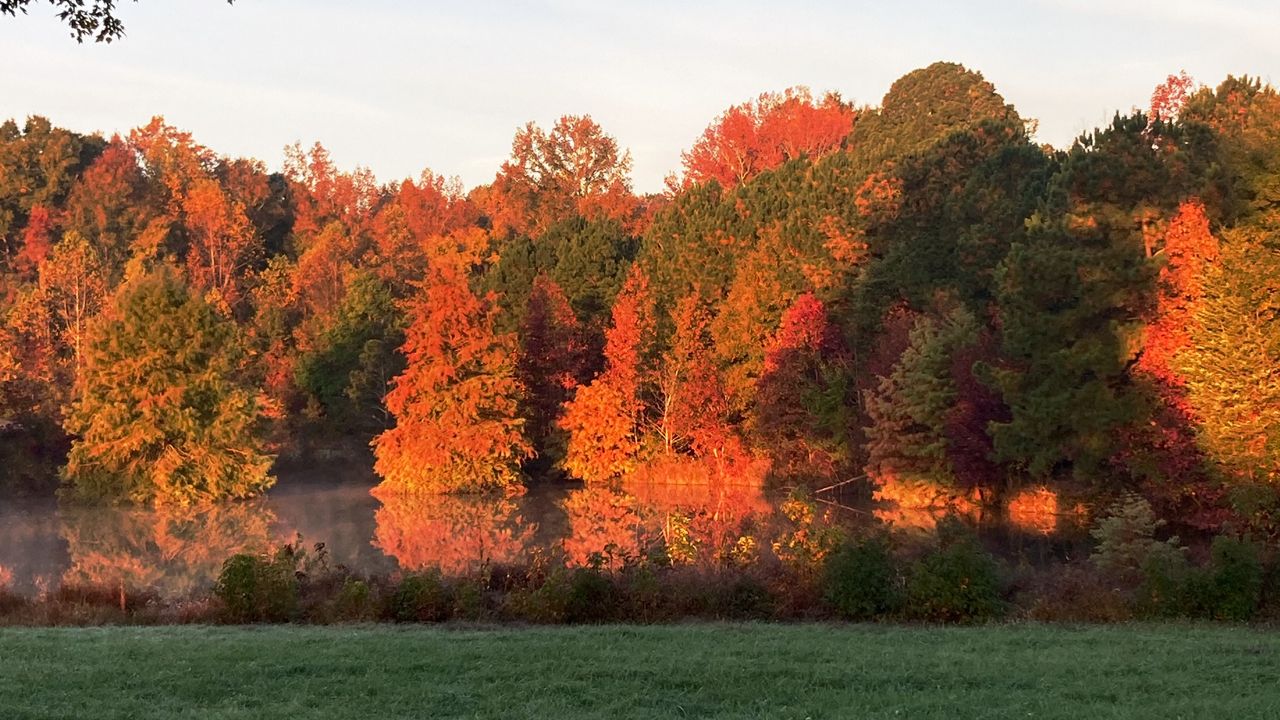Leaves changing color in autumn are a captivating natural phenomenon that signifies the change from summer to winter. This transformation is attributed to the intricate interplay of environmental factors and physiological processes within trees.
The process begins with the diminishing daylight and cooler temperatures of fall, triggering a shift in the balance of pigments within the leaves..
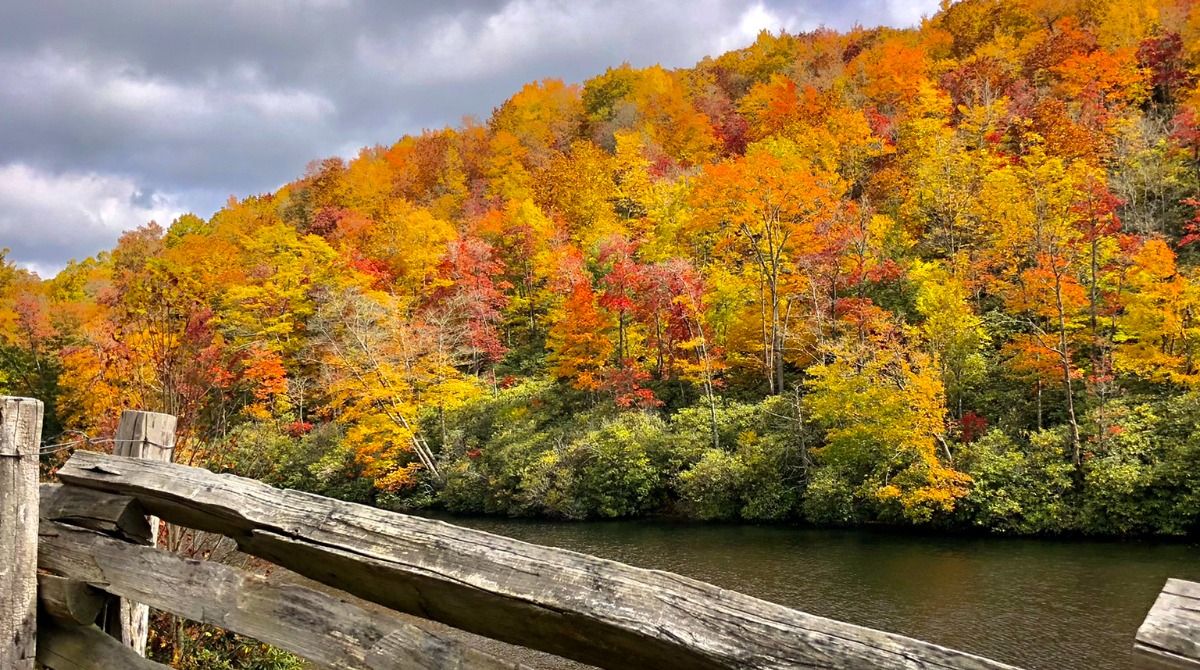
During the growing season, leaves are a vibrant green due to the dominant presence of chlorophyll, a pigment crucial for photosynthesis—the process by which plants convert sunlight into energy.
As daylight decreases and temperatures drop, trees receive signals to conserve energy and prepare for the impending winter.
In response, chlorophyll production slows down, allowing other pigments that were previously masked by its green dominance to shine through.
Carotenoids, responsible for yellow and orange hues, become more prominent as they have a steady presence in leaves throughout the year.
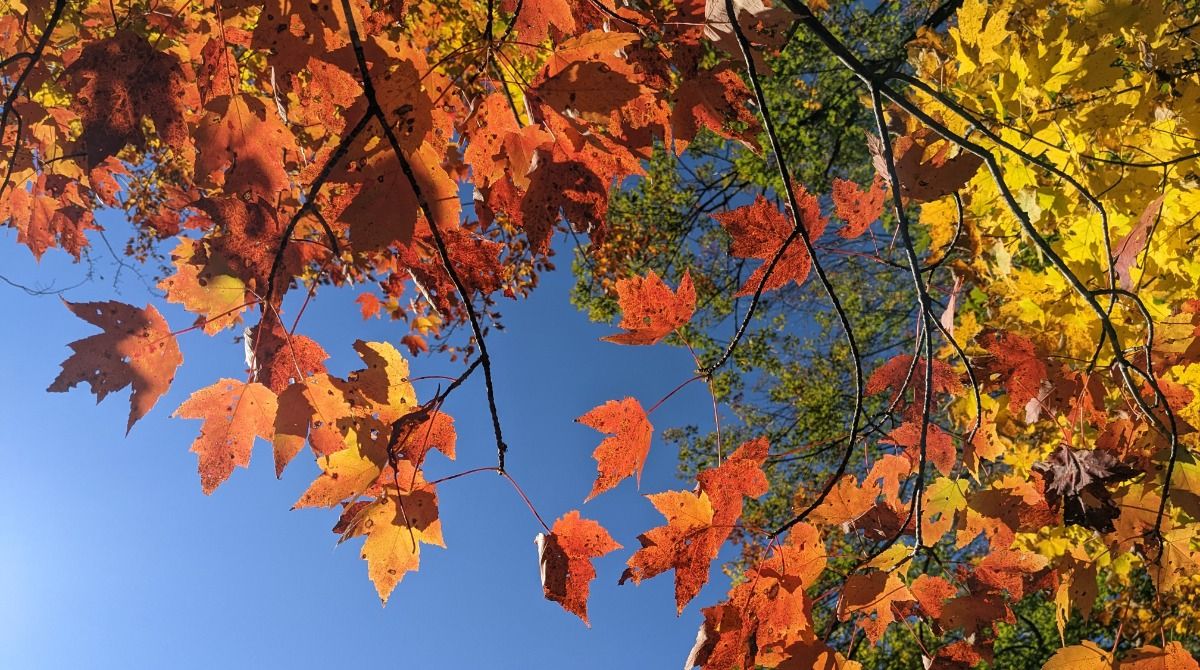
Simultaneously, anthocyanins, responsible for red, purple, and even blue tints, are produced in some species. Their presence, however, is influenced by factors such as sunlight and temperature.
Bright sunny days combined with cool nights promote the synthesis of anthocyanins, intensifying the
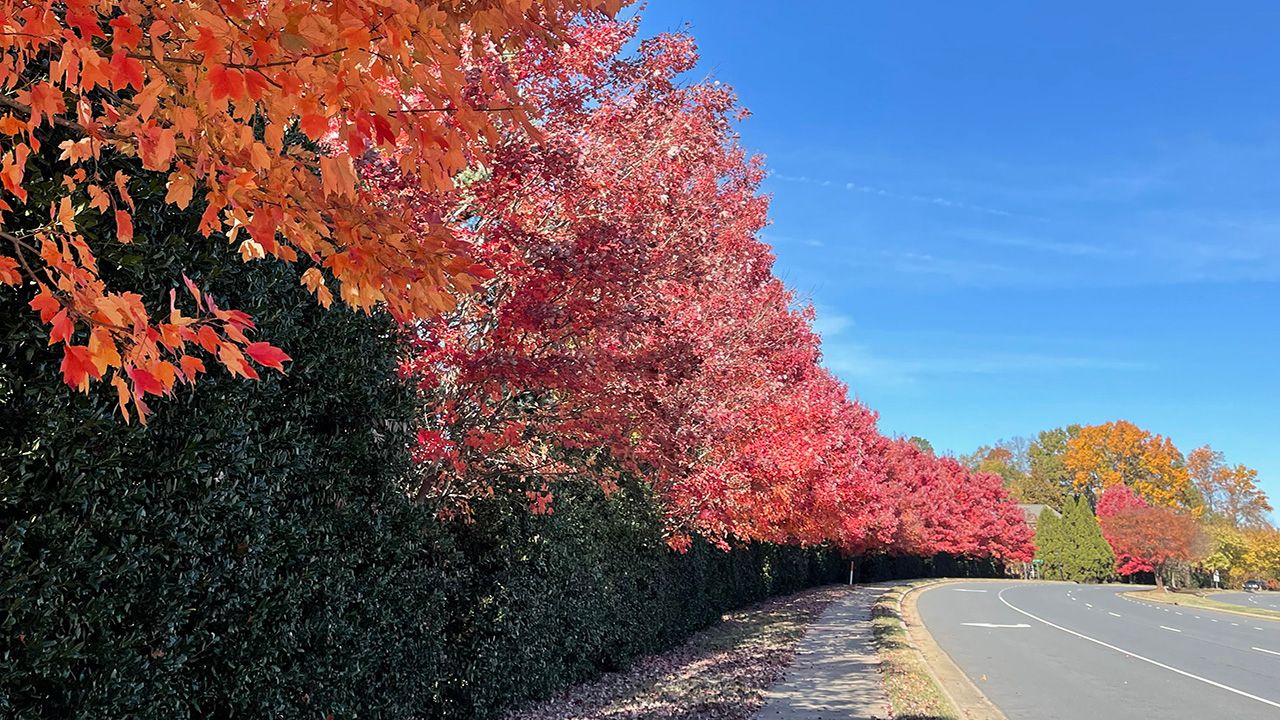
This transformation serves a functional purpose beyond visual appeal. Chlorophyll production wanes and nutrients are withdrawn from leaves to be stored in the tree for winter. The diminishing green color of the leaves signifies their decline in photosynthetic ability.
Leaves will reach a point where they cannot sustain themselves, leading to their eventual detachment from the tree. This process helps trees conserve resources, protect themselves from freezing temperatures, and prepares for the dormant period of winter.
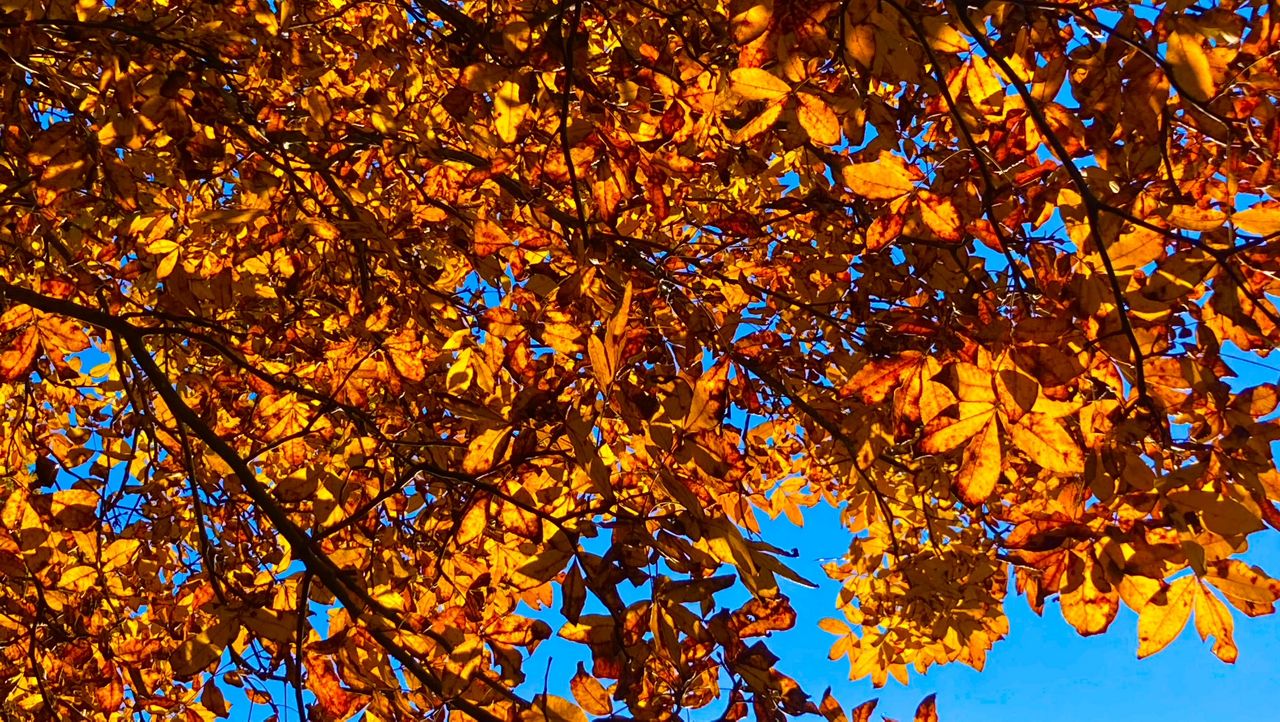
The breathtaking spectacle of leaves changing color in autumn is a remarkable result of nature’s intricate mechanisms.
As trees respond to diminishing daylight and cooler temperatures, they adjust their pigment production, allowing the vibrant reds, oranges and yellows to emerge.
This transformation not only captivates our senses but also serves as a strategic adaptation for trees to conserve energy, safeguard nutrients, and prepare for the winter ahead.
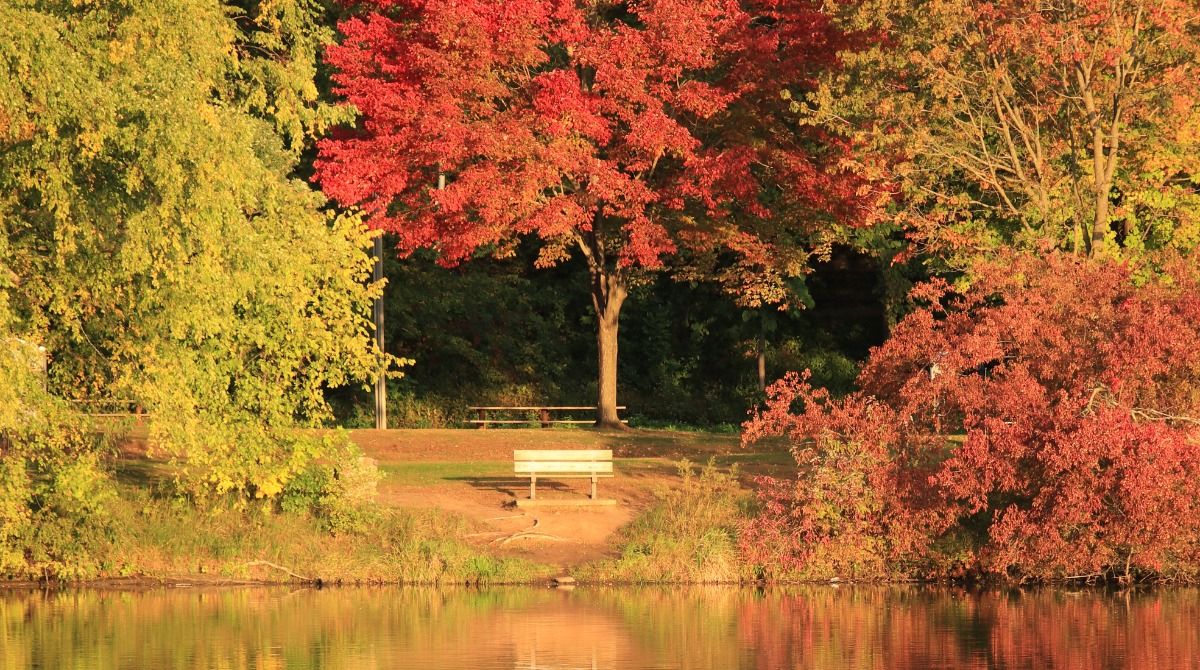
Our team of meteorologists dives deep into the science of weather and breaks down timely weather data and information. To view more weather and climate stories, check out our weather blogs section.



